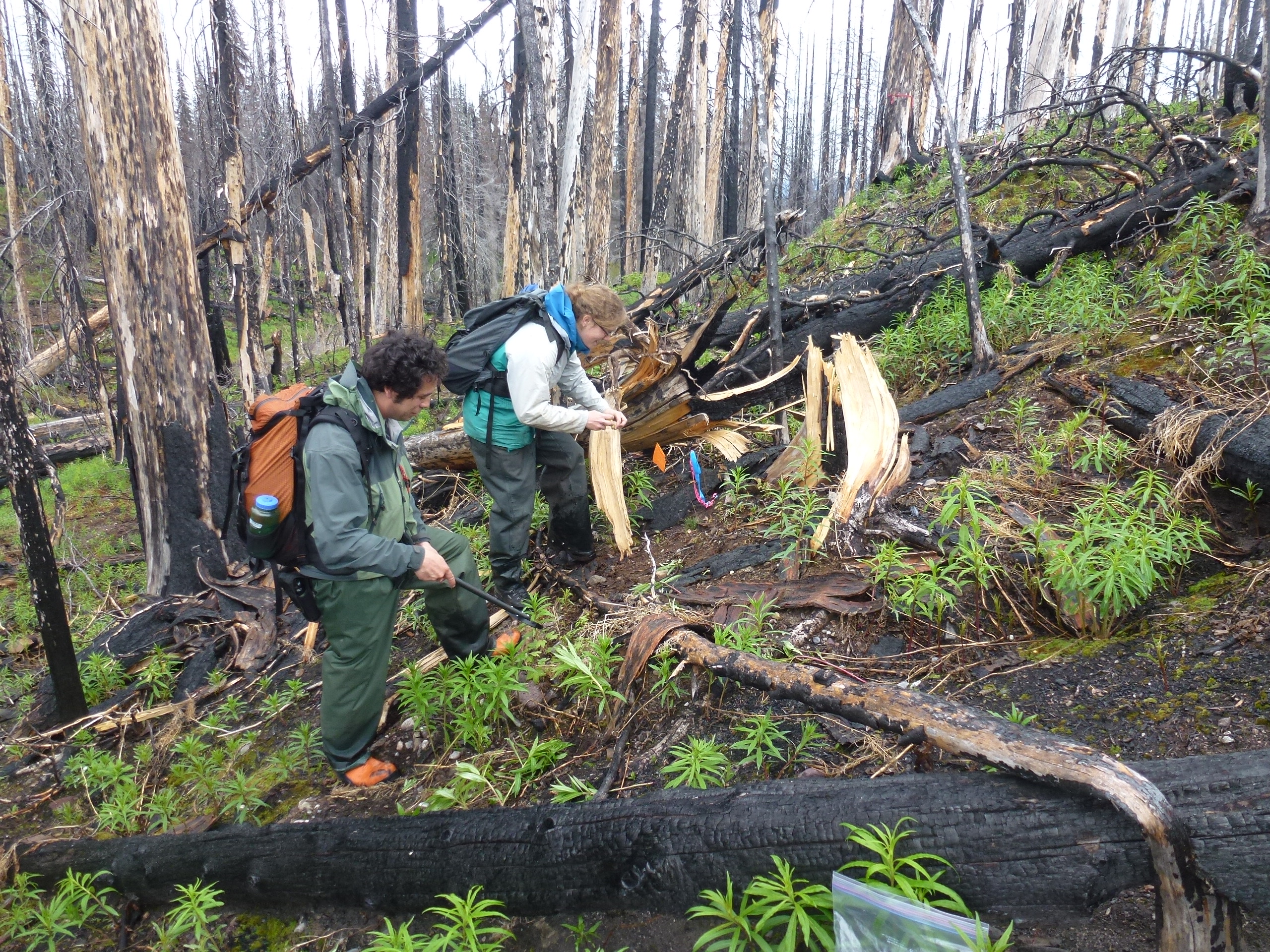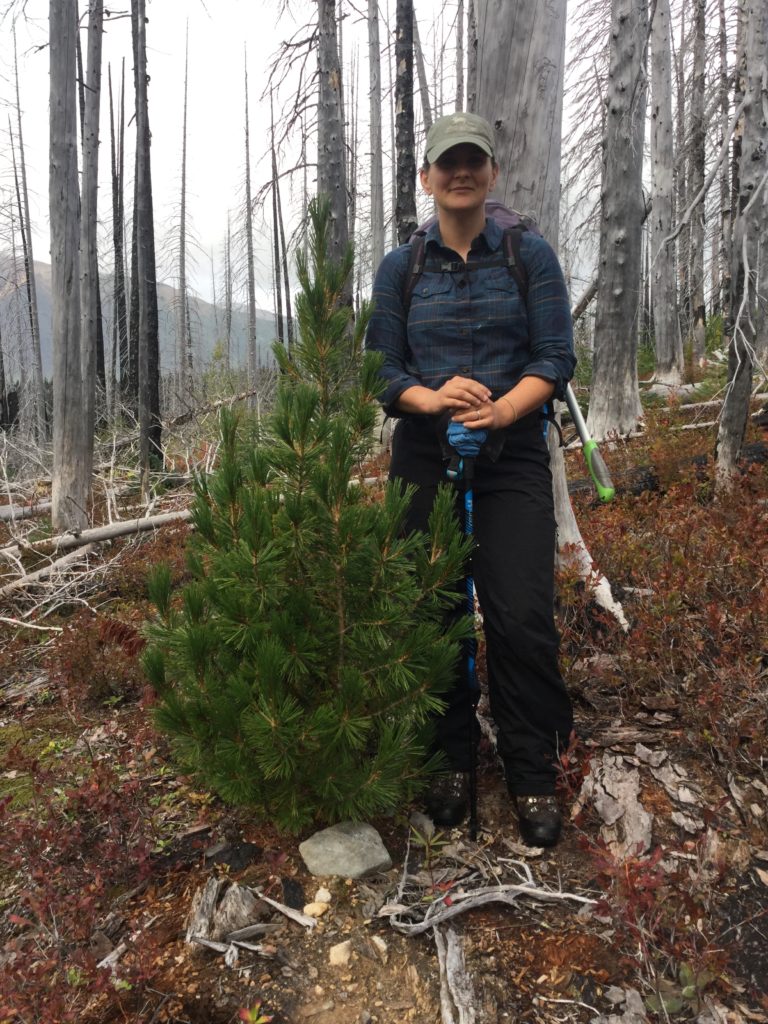Smithers, BC: the Habitat Conservation Trust Foundation (HCTF) has announced $9.2 million in funding for more than 180 individual wildlife, freshwater fish, and habitat conservation projects across British Columbia this year.
“This is no small feat,” said Dan Buffett, CEO of HCTF. “It reflects a diversity of funding from our core contributors [hunters, anglers, trappers and guides], court awards, provincial government contributions and endowments, and our partners such as the Forest Enhancement Society of BC (FESBC).”

Tree planting – Sybille Haeussler Photo
Through cooperation with partners such as FESBC, HCTF is able to support conservation organizations like the Bulkley Valley Centre for Natural Resources Research and Management in their efforts to restore endangered whitebark pine ecosystems in the Skeena region. As western Canada’s first officially endangered tree species, the whitebark pine, and the ecosystems they support, are of critical importance to high elevation grizzly bears, birds and other wildlife species that rely on their oil-rich seeds for energy in cold climates.
The centre has been restoring remote whitebark pine ecosystems across the Skeena Region since 2011, contributing to the restoration and conservation of biodiversity, carbon storage and beauty of the region’s scenic mountain ecosystems. Working along-side BC provincial parks, community forests and the forestry industry, the centre collects seeds from healthy parent trees, grows and plants seedlings in disturbed ecosystems and assists breeding efforts to improve resistance to the deadly white pine blister rust disease. Recently, the centre received word that one of their parent trees was found to produce the most disease-resistant seedlings ever tested in BC.
Sybille Haeussler, an adjunct professor at the University of Northern BC and project lead, is hopeful that the 25,000 seedlings currently being grown in a local nursery will contribute to ongoing efforts that see the restoration and persistence of whitebark pine ecosystems across their northeastern range.
“We continue to monitor the growth and survival of restoration trials established across northern BC and are learning much more about how and when the white pine blister rust attacks and kills trees and how to ensure that seedlings are planted in the best possible sites to ensure future survival under climate change. It will be a long time before these young trees start to produce cones and seeds that will support healthy wildlife populations, but we are in this project for the long run,” says Haeussler.

Other HCTF funded projects taking place in the Skeena region:
- $29,900 for research into Mountain Goat range boundaries, habitat selection and population dynamics, co-funded by FESBC.
- $43,788 for Northern Goshawk nest and habitat assessment led by the Kitasoo Xai’xais First Nation that will inform the implementation of the provincial Northern Goshawk recovery plan.
- $113,000 for fisheries development, planning and stock assessment activities on the Skeena, Kitwanga, Bulkley, Kispiox and Morice Rivers.
FESBC’s Executive Director Steve Kozuki is “thrilled to partner with the trusted and respected Habitat Conservation Trust Foundation to improve wildlife habitat. With their first-in-class management of funds and projects by talented and professional staff, we know that we are maximizing benefits for wildlife in British Columbia.”
Each project funded through HCTF is reviewed by a multi-level, objective technical review process prior to final Board review and decision. HCTF’s Board of Directors ensures that species important to BC anglers and hunters are supported but also place a great deal of importance on conserving whole ecosystems, species-at-risk and investing in environmental education across the province.
To see the complete list of HCTF funded projects or explore the conservation work being done near you, view the 2020-21 Approved Project List or our 2020-21 Project Map.
